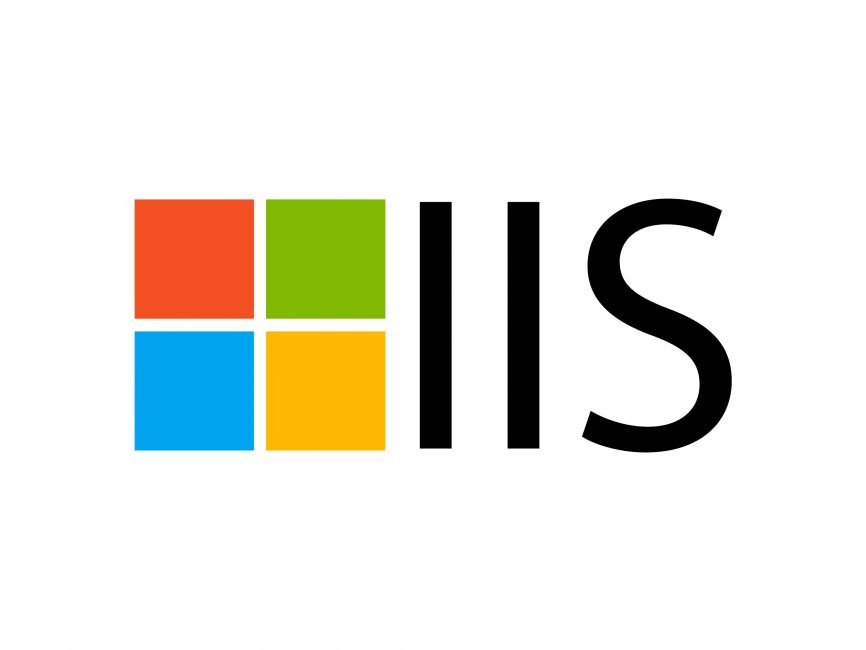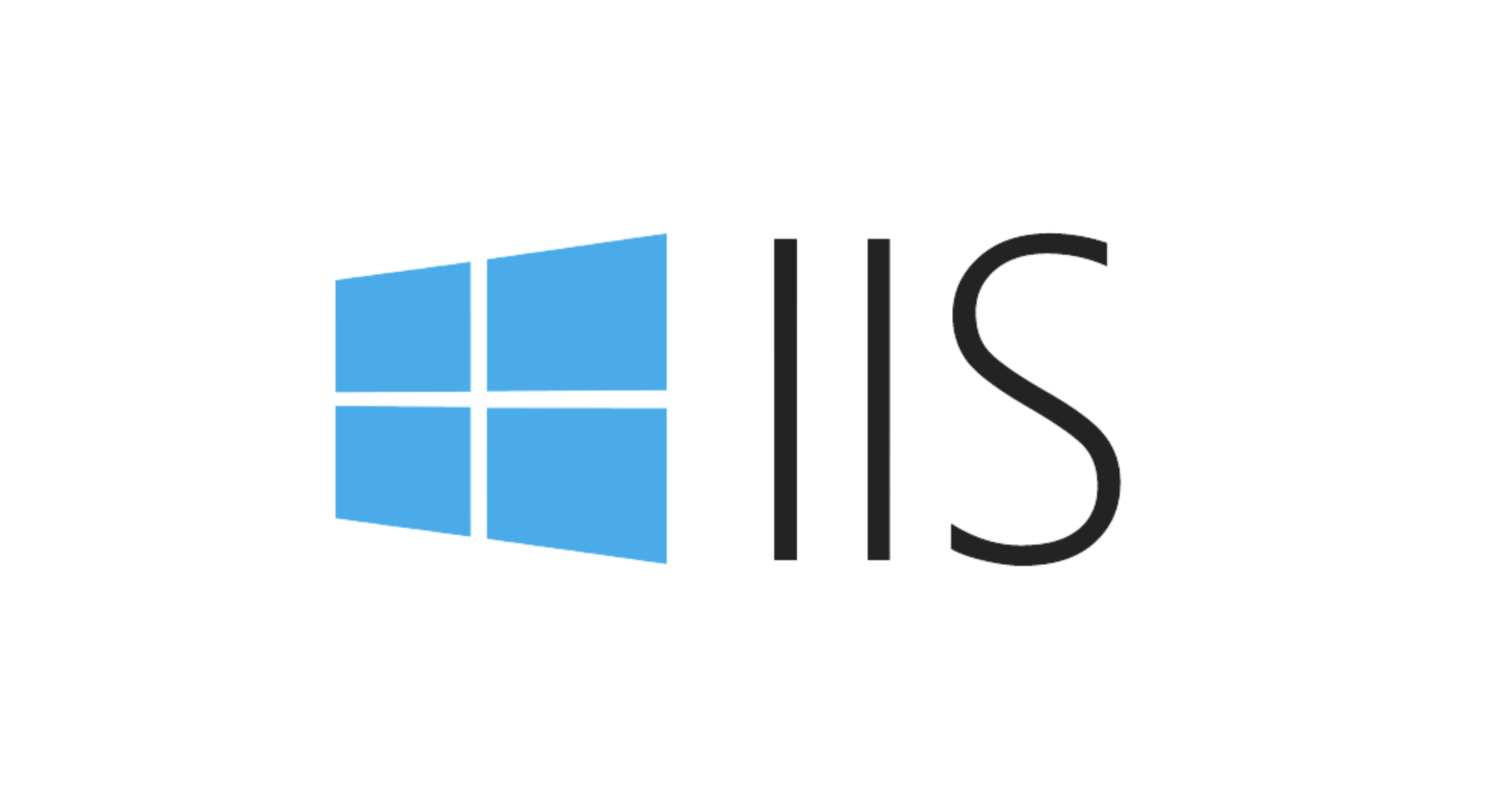What does a 200 0 64 status in IIS logs mean?
Jul 21, 2025 am 01:25 AM200 0 64 status code indicates that the request is successful and there is no system error, but the data transmission volume is small. The specific explanation is as follows: 1. 200 means that the HTTP request is successfully processed; 2. 0 means that no Windows-level error occurred; 3. 64 means that the server sent 64 bytes of data, usually the response header information. Commonly used in HEAD requests, small static file access, crawler detection, or page redirection. If this status code frequently appears in the log, it may indicate that there are a large number of small requests, scanning behaviors, or redirecting pages. There is usually no need to worry, but if the source is abnormal or the number of requests suddenly increases, it is recommended to further check whether there are security risks or optimization needs.

A 200 0 64 status in IIS logs is a combination of HTTP status, Windows error codes, and bytes sent/received that gives insight into what happened during a web request. It doesn't mean something's necessary broken, but it does tell you how the server handled the request.

Here's what each part means and why it matters:
What the 200 0 64 Status Code Means
- 200 – This is the standard HTTP status code indicating "OK." The request was successfully processed by the server.
- 0 – This usually represents the Windows error code. A value of 0 means there were no errors at the system or network level.
- 64 – This is typically the number of bytes sent or received (often bytes sent by the server in this context). In many cases, this refers to the size of the HTTP response headers.
So, a 200 0 64 entry in your IIS log means:
? The request succeeded
? No Windows-level errors occurred
? A small amount of data (64 bytes) was likely sent back—probably just headers

Common Scenarios Where You'll See This
You'll often see 200 0 64 entries when:
- A browser or client requests a resource and gets a successful response with minimal data.
- The requested file or page exists, but the server only sends headers—no actual content body.
- HEAD requests are made (which ask for headers only).
- Small static files like favicons or tiny images are served.
Some specific examples include:

- A bot checking if your site is up
- A crawler fetching metadata
- A user navigating to a page that redirects immediately via headers
- A favicon.ico request that's cached, so the server returns a quick 200 with minimal traffic
How to Interpret This in Your Logs
When you're looking through IIS logs, don't just focus on the 200 success code. The full line tells more of the story.
Here's how to read it:
- If you see 200 0 64 , it's probably a normal, lightweight transaction.
- If you see 200 0 [a larger number] , that usually means content was returned.
- If the second number isn't zero (like 200 5 64), that indicates an underlying Windows error (in this case, error 5 = access denied).
Use tools like Excel or Log Parser to filter and analyze patterns. High numbers of 200 0 64 might indicate:
- Frequent small requests (favicon, robots.txt, etc.)
- Possible scanning or crawling activity
- Redirect-heavy pages
Is This Something to Worry About?
In most cases, no. A 200 0 64 status is perfectly normal and expected behavior for certain types of requests.
However, if you're seeing a huge volume of these from the same source or for unexpected URLs, it could be worth investigating:
- Is someone probing your site?
- Are clients making unnecessary requests?
- Could caching help reduce load?
Otherwise, it's just business as usual for IIS.
Basically that's it.
The above is the detailed content of What does a 200 0 64 status in IIS logs mean?. For more information, please follow other related articles on the PHP Chinese website!

Hot AI Tools

Undress AI Tool
Undress images for free

Undresser.AI Undress
AI-powered app for creating realistic nude photos

AI Clothes Remover
Online AI tool for removing clothes from photos.

Clothoff.io
AI clothes remover

Video Face Swap
Swap faces in any video effortlessly with our completely free AI face swap tool!

Hot Article

Hot Tools

Notepad++7.3.1
Easy-to-use and free code editor

SublimeText3 Chinese version
Chinese version, very easy to use

Zend Studio 13.0.1
Powerful PHP integrated development environment

Dreamweaver CS6
Visual web development tools

SublimeText3 Mac version
God-level code editing software (SublimeText3)
 Introduction to HTTP 525 status code: explore its definition and application
Feb 18, 2024 pm 10:12 PM
Introduction to HTTP 525 status code: explore its definition and application
Feb 18, 2024 pm 10:12 PM
Introduction to HTTP 525 status code: Understand its definition and usage HTTP (HypertextTransferProtocol) 525 status code means that an error occurred on the server during the SSL handshake, resulting in the inability to establish a secure connection. The server returns this status code when an error occurs during the Transport Layer Security (TLS) handshake. This status code falls into the server error category and usually indicates a server configuration or setup problem. When the client tries to connect to the server via HTTPS, the server has no
 Understand common application scenarios of web page redirection and understand the HTTP 301 status code
Feb 18, 2024 pm 08:41 PM
Understand common application scenarios of web page redirection and understand the HTTP 301 status code
Feb 18, 2024 pm 08:41 PM
Understand the meaning of HTTP 301 status code: common application scenarios of web page redirection. With the rapid development of the Internet, people's requirements for web page interaction are becoming higher and higher. In the field of web design, web page redirection is a common and important technology, implemented through the HTTP 301 status code. This article will explore the meaning of HTTP 301 status code and common application scenarios in web page redirection. HTTP301 status code refers to permanent redirect (PermanentRedirect). When the server receives the client's
 HTTP 200 OK: Understand the meaning and purpose of a successful response
Dec 26, 2023 am 10:25 AM
HTTP 200 OK: Understand the meaning and purpose of a successful response
Dec 26, 2023 am 10:25 AM
HTTP Status Code 200: Explore the Meaning and Purpose of Successful Responses HTTP status codes are numeric codes used to indicate the status of a server's response. Among them, status code 200 indicates that the request has been successfully processed by the server. This article will explore the specific meaning and use of HTTP status code 200. First, let us understand the classification of HTTP status codes. Status codes are divided into five categories, namely 1xx, 2xx, 3xx, 4xx and 5xx. Among them, 2xx indicates a successful response. And 200 is the most common status code in 2xx
 Interpreting HTTP Status Code 301: How to Correctly Handle Permanent Redirect Errors
Feb 20, 2024 pm 03:21 PM
Interpreting HTTP Status Code 301: How to Correctly Handle Permanent Redirect Errors
Feb 20, 2024 pm 03:21 PM
Interpreting HTTP Status Code 301: How to Correctly Handle Permanent Redirect Errors HTTP status codes are a very important part of web applications. They provide information to the client about the processing status of the request. The 301 status code is a special status code that indicates that the requested resource has been permanently moved to a new location. In this article, we will interpret the 301 status code and discuss how to properly handle permanent redirect errors. 1. Understand the 301 status code. When the server receives a request from the client, if the requested resource has been
 An in-depth study of the causes and solutions of 404 errors
Feb 25, 2024 pm 12:21 PM
An in-depth study of the causes and solutions of 404 errors
Feb 25, 2024 pm 12:21 PM
Explore the causes and solutions of HTTP status code 404 Introduction: In the process of browsing the web, we often encounter HTTP status code 404. This status code indicates that the server was unable to find the requested resource. In this article, we will explore the causes of HTTP status code 404 and share some solutions. 1. Reasons for HTTP status code 404: 1.1 Resource does not exist: The most common reason is that the requested resource does not exist on the server. This may be caused by the file being accidentally deleted, incorrectly named, incorrectly pathed, etc.
 An in-depth discussion of the importance of HTTP protocol status codes
Feb 25, 2024 pm 11:06 PM
An in-depth discussion of the importance of HTTP protocol status codes
Feb 25, 2024 pm 11:06 PM
An in-depth interpretation of HTTP protocol status codes: Why status codes are crucial to website development. With the rapid development of the Internet, website development has become more and more important. In website development, the HTTP protocol plays a vital role. It defines the communication specifications between browsers and servers to transfer data through requests and responses. The HTTP status code is part of this process and is used to indicate the processing of the request. This article will provide an in-depth explanation of the role and significance of HTTP protocol status codes. HTTP status code is a three-digit number
 What status code is returned for an HTTP request timeout?
Feb 18, 2024 pm 01:58 PM
What status code is returned for an HTTP request timeout?
Feb 18, 2024 pm 01:58 PM
The HTTP request times out, and the server often returns the 504GatewayTimeout status code. This status code indicates that when the server executes a request, it still fails to obtain the resources required for the request or complete the processing of the request after a period of time. It is a status code of the 5xx series, which indicates that the server has encountered a temporary problem or overload, resulting in the inability to correctly handle the client's request. In the HTTP protocol, various status codes have specific meanings and uses, and the 504 status code is used to indicate request timeout issues. in customer
 What should I do if 'Uncaught (in promise) Error: Request failed with status code 403' occurs when using axios in a Vue application?
Jun 24, 2023 pm 01:06 PM
What should I do if 'Uncaught (in promise) Error: Request failed with status code 403' occurs when using axios in a Vue application?
Jun 24, 2023 pm 01:06 PM
Sending requests using axios is a very common operation in Vue applications. However, when making ajax requests, sometimes you encounter some problems, such as a 403 error. Below we will discuss the problem of "Uncaught(inpromise)Error: Requestfailedwithstatuscode403" when using axios in a Vue application and its solution. First, let us explain error code 403, it






